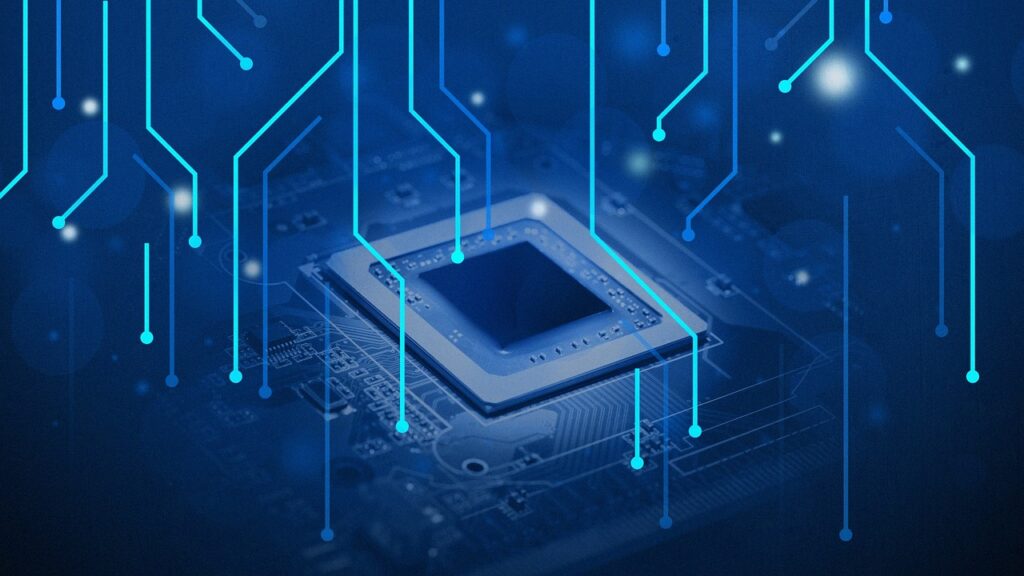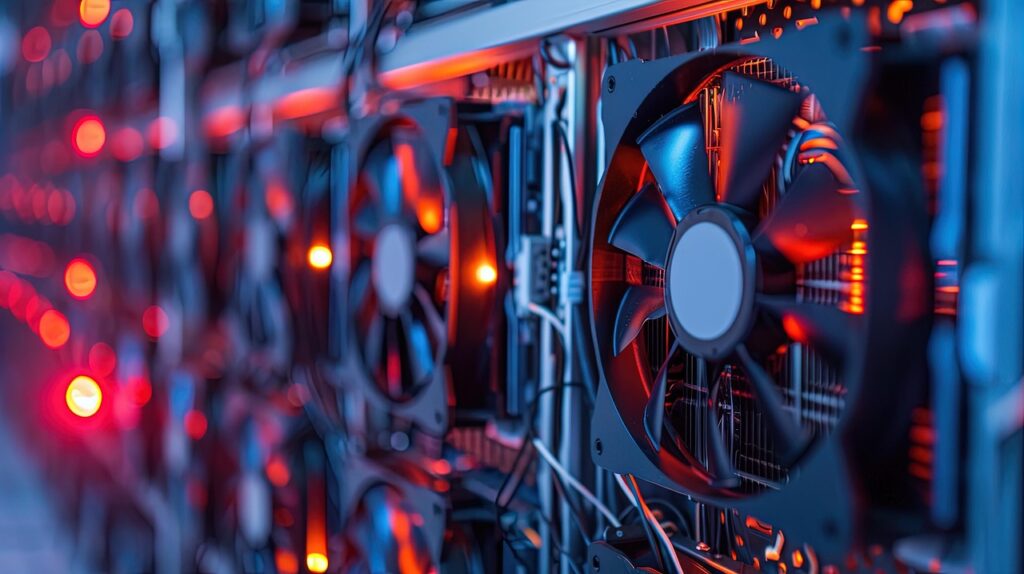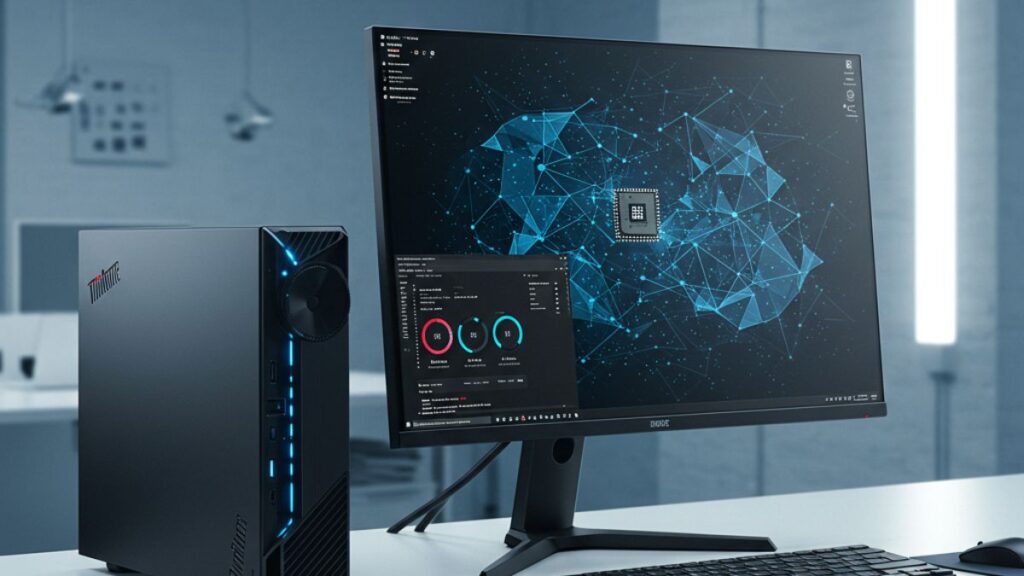I’ve been getting a lot of concerned inquiries about the massive AI wave we are under and whether any of the hardware currently in market will remain once AI reaches critical mass. This is because, with every major technological pivot, most of the companies tied to the technology that was displaced have either become obsolete or changed so much they are effectively different companies. The PC wave took out companies like DEC and left IBM massively changed. The iPhone wave took out Palm and left BlackBerry and Nokia forever changed, mere shadows of what they once were. This AI wave is even more disruptive than those prior waves were. With almost every cloud company working on their own AI processor and companies like OpenAI also looking at developing their own custom chips, even ARM is at risk of becoming obsolete during this coming wave.
But one thing that won’t become obsolete is manufacturing capacity. Intel’s manufacturing capacity could enable it to better weather the coming processor storm than the FAB-less companies it competes with (I’m excepting NVIDIA, which is so embedded in the current AI wave that it seems doubtful it’ll experience the same level of disruption, but OpenAI used NVIDIA technology, and it’s one of the firms looking elsewhere, so even NVIDIA may not be as safe).
Weathering a Technology Storm
I’ve lived through a number of technology storms, and some of the companies I’ve worked for, ROLM for instance, no longer exist because the market pivoted away from what it did. I recall a company called Crosstalk, which, back in the 1990s, was so dominant in the networking space that IBM decided it couldn’t compete with it. This firm had the perfect solution for connectivity in the pre-internet age. Then, the Internet hit, and suddenly, it had no market and folded.
Typically, even the companies that start technology waves often don’t survive them. For instance, Netscape started the internet wave, and it no longer exists. IBM helped start the PC wave, and it doesn’t even sell PCs anymore. Had Steve Jobs not returned to Apple, I expect Apple wouldn’t exist anymore, either. It was Jobs who pivoted the company first to MP3 players (the iPod) and then to smartphones, which evolved the company into a consumer electronics entity. This not only saved Apple but made it into an even bigger power and one of, if not the most valuable technology companies depending on the year.
Companies that survive are those that have some major aspect (like IBM’s mainframe business) that can survive a pivot, and who pivot as BlackBerry did to another type of business (security software), or that, as Apple did, find a way to pivot the market to their technology, designs, and platforms.
AI Technology
Currently, there are three trends for AI technology that may impact Intel’s business. One is the trend toward NVIDIA, which spent decades setting up for the AI dominance it now enjoys. Two is that mobile is favored for AI in volume, which currently seems to favor Qualcomm and ARM over X86. Third is the very troubling trend for AI and Cloud companies to develop their own chips rather than licensing or buying them from others. So far, that last trend has only impacted cloud AI services, which is where most AI currently resides, and not client devices, but if those efforts are successful and existing vendors can’t flip the script, then endpoints will likely also be at risk.
Looking back, some of the biggest failures occurred because the vendor was too wedded to a legacy technology to pivot timely. For instance, when we moved from DVDs to streaming, Blockbuster was dominant in movie rentals and had the opportunity to buy Netflix but declined. Netflix eventually displaced Blockbuster. A few years later, Yahoo could have bought Google with a similar outcome, and Xerox could have become Apple, but, in all cases, the firms didn’t see the opportunities or threats soon enough, so history passed them by.
Manufacturing
But one of the things that doesn’t change is that parts still have to be built, and someone has to build them. Just having manufacturing capability isn’t a saving grace because if the market pivots away from your products, your ability to sell your increasingly underutilized manufacturing capacity is extremely limited. But Intel is rightly executing on opening up its manufacturing capacity to others, indicating that even if X86 somehow failed during this pivot, Intel still has manufacturing revenue that could help fund a pivot to an AI next-generation platform even if they pivoted late. It would buy Intel time to shift and recover. If Intel is FAB-less, it would be SOL and fail if the market decides to pivot away from X86.
So, the FABs and foundries aren’t just critical to the U.S. and assuring the country’s manufacturing capacity can survive in a war or natural disaster that takes Taiwan down. They will be critical to assuring Intel can survive the coming AI storm and will be able to fund a technology pivot into a different technology standard if the market requires it, and it can still build the custom processors that the AI providers are thinking of creating.
In the end, while building out its manufacturing capacity (and using some of the most advanced AI tools to do so), Intel is creating some short-term financial pain but is making the company far better able to weather and survive the coming AI storm.




Comments are closed.